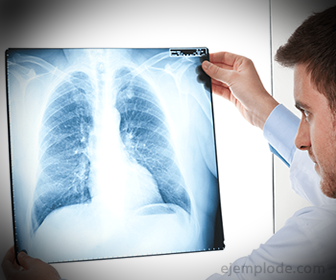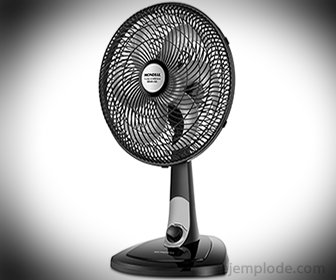History of electricity
Physics / / July 04, 2021
Electricity is the study of phenomena that involve the presence and interaction of Electric charges. It is divided into three main branches: Electrostatics, Electrodynamics and Electromagnetism.
History of electricity
The first recorded electrical observations were made by the Greek philosopher Thales of Miletus, who lived more than 2,600 years ago. He observed that rubbing the amber (a fossil resin) with a woolen cloth, the amber acquired the property of attracting small bodies, such as pieces of paper, feathers or straw.
Many years passed without progress in the knowledge of Electricity, because although our ancestors observed phenomena of origin electrical such as lightning in a storm and the northern lights, the Greeks did not study electrical phenomena by experiencing systematically.
It was until the sixteenth century that the sage and English physicist William Gilbert (1544-1603), who is credited with being the father of electricity and magnetism for his contributions made for his study, he found that the property of acquiring contact charges was not unique to amber, but what
many other substances had it. Since then it is said that Electrify, because in Greek the word Electron Means Amber.Gilbert's life was extremely profitable for the world, since since his discoveries, the development of electricity has been extraordinary and it could be said that it is incessant.
In the last seventy years the study of electricity has evolved intensely due to its versatility when transform into other types of energy. We are so accustomed to its use that it is difficult to think of living comfortably without it, since we need it to operate from small devices household such as the iron, the television or a flashlight even to power huge electric motors that are activated by supplying very electric currents. powerful.
Currently the Electric power It is produced in hydroelectric, thermoelectric and nuclear power plants, its operation contributes to the Electrification of the populations that thanks to it helps the development and progress of the communities.
Branches of Electricity
Electricity is a manifestation of Energy, and for its study it is divided into three main branches: Electrostatics, Electrodynamics and Electromagnetism.
Electrostatics: Study the interactions between electric charges that are at rest. When an electric charge is stationary, or static, it produces electric forces on other charges located in the same region of space.
Electrodynamics: It studies electric charges in motion, and is based on the movement of electrons or electric charges that use as a support a conductive material of the electric current to travel.
Electromagnetism: Study the relationship between electric currents and the Magnetic Field.
- Click to: Examples of electricity
Uses of Electricity
In order to run an iron. An electrical resistance heats up with the passage of a current, and the heat serves to eliminate wrinkles from the garments.
In order to operate a microwave oven. Connected to the electrical installation of the home, the microwave oven will be able to generate radiation and throw it on a food to heat it.
In order to operate a television. When the television is connected to the electrical installation of the home, it can be turned on to receive the television signal and generate the images.

For him Operation of Voltage Regulators. In places where a lot of electrical current is consumed, such as an office building, small equipment called Voltage Regulators, which maintain the Potential Difference at 110V or 220V, depending on the electrical installation of the site.
For him Audio equipment operation, such as microphones, speakers, mixers. With electricity, these devices will be able to fulfill their function of amplifying sounds.
For the operation of X-ray machines. Connected to the electrical installation of the Clinic, the X-ray emitters are capable of generating this radiation, to create x-rays and provide physicians with internal information about the patient.

For him Automobile operation. Thanks to having a battery in the form of an electrolytic cell, Automobiles can operate from start to finish. electrical functions, such as indicator lights, air conditioning, dash lighting, and cleaning windshield.
In order to air pollution control, through Electrostatic Precipitators. These devices, thanks to electricity, generate an electrical charge that will attract dust particles of certain diameters, with a purer air stream as the outlet.
For him operation of domestic fans. Connected to the electrical installation of the home, domestic fans will have their blades rotating at different speeds, depending on how they are configured.

For the Operation of Settlers in the Wastewater Treatment Plants. Settlers allow particle agglomerations to be separated by precipitation. This process results in a more clarified stream of water.
Follow with different:
- Examples of electricity
